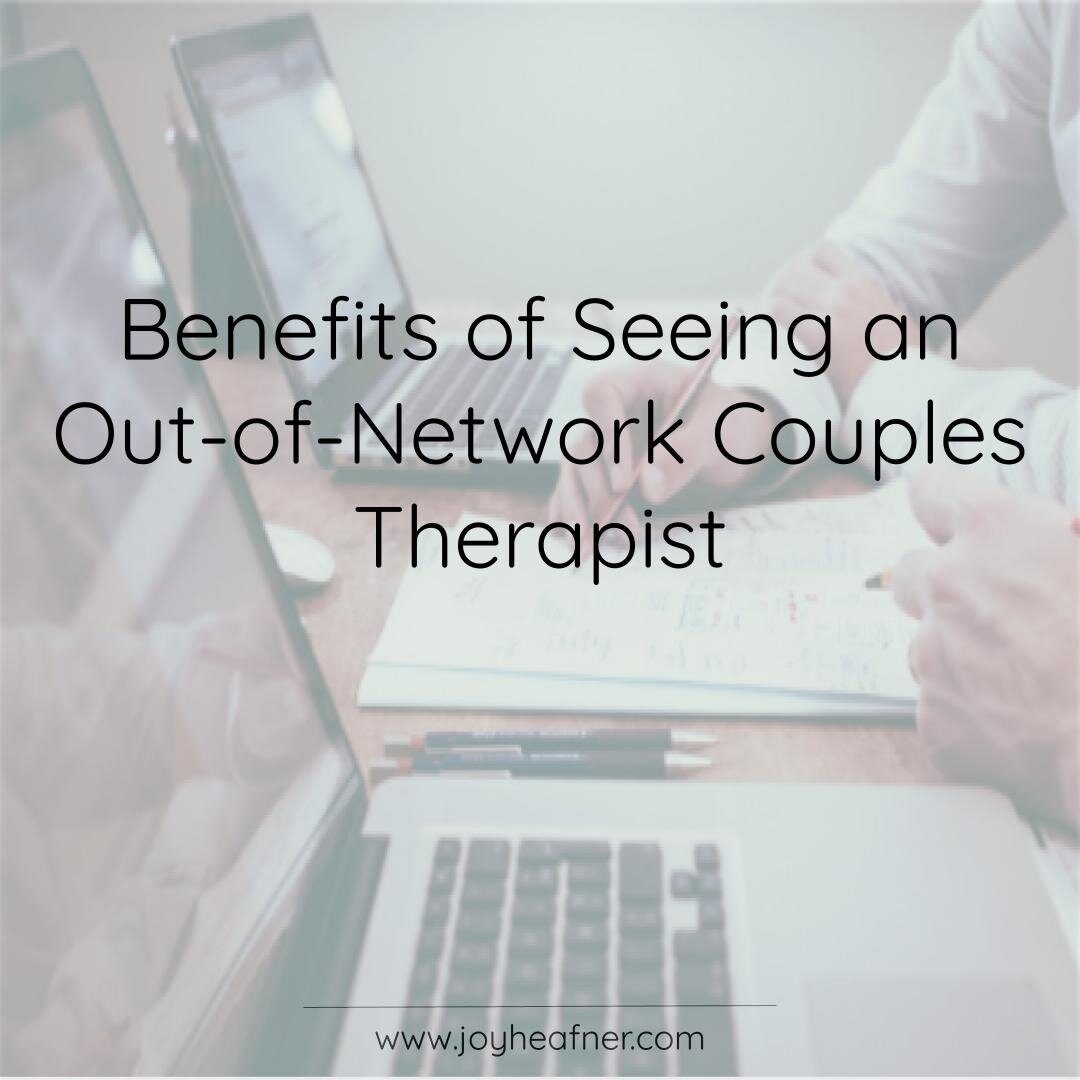Our Aim Point Counseling Diaries
Our Aim Point Counseling Diaries
Blog Article
Some Known Facts About Aim Point Counseling.
Table of ContentsGetting The Aim Point Counseling To WorkEverything about Aim Point CounselingHow Aim Point Counseling can Save You Time, Stress, and Money.The Best Guide To Aim Point CounselingThe Greatest Guide To Aim Point CounselingThe 4-Minute Rule for Aim Point Counseling
The longitudinal style entails a pre-treatment survey and two follow-up surveys at 3- and 12-months post-intervention. The research is embeded in eight Relationships Australia Victoria centres, throughout urbane, external residential areas, and regional/rural websites. Relationships Australia, a non-government organisation, is the biggest supplier of pair counselling and connection services in Australia.
These high rates of relationship break down have been consistently associated with negative wellness repercussions for both adults and children following divorce/separation.
Not known Facts About Aim Point Counseling
Longitudinal studies additionally suggest that children of separation have a greater occurrence of emotional problems, medication and alcohol use, and high-risk sex-related behavior [7] Although the effects of separation and separation can be detrimental, study indicates that high partnership disharmony in intact pairs is also most likely to have negative end results.
Research study to day has actually determined both couple and specific variables that might contribute to relationship disharmony. These include partnership complete satisfaction and commitment at the couple level, and anxiety at the private degree.
The Ultimate Guide To Aim Point Counseling
For that reason, while many studies show improvements in connection satisfaction adhering to pair therapy, they are limited by the examples and procedures used, greatly short-term follow-up timespan, and evaluations that do not represent the dyadic nature of pair information. Connection commitment, based on measures such as the Commitment Stock (CI) [19], is an additional typically explored connection end result.
To summarise, research study shows that couple-specific variables as well as individual aspects might predict the results of couple coaching and connection solutions. The causal direction of these partnerships, nevertheless, is less clear. These observations are necessary, because, to justify and guide the application of partnership solutions such as couple coaching, empirical evidence has to check out both the outcomes of relationship services and the elements that anticipate effective treatment.
As a result, there is a growing consensus that efficacy researches need to be enhanced by effectiveness research study to best notify scientific technique [ 29] The minimal effectiveness research study that exists to day recommends that pair therapy can boost end results such as connection fulfillment [33,43], communication abilities and basic health [44], a minimum of in some European countries.

We presently recognize little concerning the profiles of couples that look for out connection education compared with those who seek connection counselling, or the outcomes of these programs. Unscientific evidence suggests that there might be significant distress among at the very least some pairs seeking relationship education and learning.
The Best Strategy To Use For Aim Point Counseling
Comments involves participants completing surveys concerning their relationship (e.g. procedures of interpersonal problems), and getting information on what their scores show. Cognitive-behavioural approaches promote altering cognitions to assist in favorable partnerships.
These results have lingered for approximately 4 years in some researches [47] However, these meta-analyses highlight restrictions in the present literary works on partnership education and learning. Especially, most of researches involved pairs from top socio-economic histories that were not experiencing high relationship discord [47,48] This sample account may not represent clients who commonly present for connection education and learning.
The Buzz on Aim Point Counseling

Extremely little study has actually analyzed the comparative advantages of pair therapy and relationship education programs. As clients are likely to self-select into these service kinds, it is not clear whether particular relationship distress accounts existing to every service kind, or indeed whether there is an interaction in between presenting account, solution kind and result.
(https://www.goodreads.com/user/show/188334416-aim-point)
Therefore, we have actually consisted of a 12-month follow-up to gauge longer-term fads and results.
We propose to make use of multi-level analytical modelling treatments that regulate for the inter-dependence of pair data to examine any kind of treatment impacts. The specific objectives of the ECC research study are to: 1. Map profiles of clients looking for community agency-based pair coaching vs. connection enhancement programs in terms of socio-demographic and connection you can check here indicators (such as partnership contentment, partnership commitment, social problems, and reasons for participating in), along with health (such as anxiety, basic well-being) and health solution use (eg.
Establish whether couple counselling and partnership education and learning services enhance 3- and twelve-month outcomes for relationship fulfillment, dedication, and clinical depression, making use of statistical evaluations ideal to couple data. marriage counseling. Establish the loved one payments of client factors (specific and couple) and therapy/education elements to results at 3- and 12-months, and to sustainability of outcomes over time.
Some Ideas on Aim Point Counseling You Should Know
Multi-level modelling to figure out pre-post differences, controlling for dyadic (pair) degree. To add to the literature evaluating the efficiency of community-based pair counselling. The results will help clinical decision-making in community-based connection solution setups, and specialist training. 3. To identify the relative payments of client/couple and treatment factors to outcomes at 3- and 12-months, and to sustainability of results gradually.
Report this page